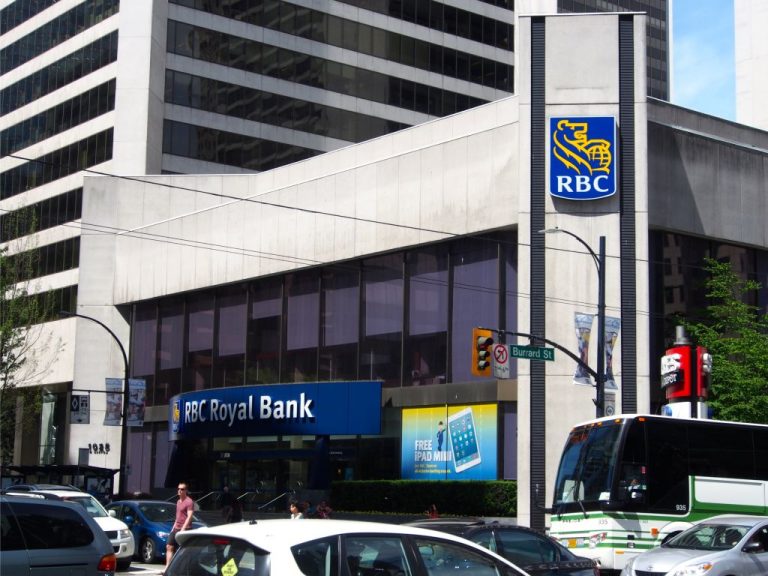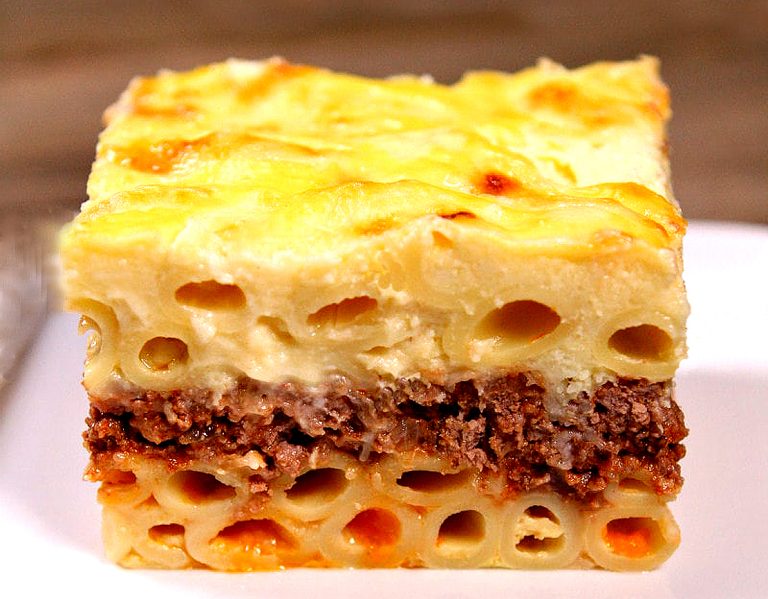An analyst for Canada’s largest bank has warned that a “historic correction” to the housing market not seen in 40 years is imminent, just days after the Bank of Canada deployed an outsized 100 basis points rate hike, bringing the prime rate to a figure not seen since 2008.
Citing a report to clients issued July 22 by Royal Bank of Canada Chief Economist Robert Hogue, Financial Post stated that the bank anticipates home prices dropping 23 percent before the end of 2022 and at least 15 percent more in 2023.
The Bank of Canada raised its key rate to 2.5 percent on July 13, the largest hike since 1998.
MORE ON FINANCIAL CRISIS
- Is the US on the Cusp of a Housing Crash?
- Pawn Shops Get Busy as People Sell Their Stuff to Pay for Gas, Groceries
- South Korea’s Biggest Companies Are Overstocked With Unsellable Inventory
- Americans Burned Payday Loans and Credit Cards to Speculate on Digital Currency: Survey
The move came on the back of a 25 basis point hike in March, and two 50 basis point hikes in April and June.
Combining the figures with a minor correction already manifesting thus far, 2023’s housing market crash will outdo the 2008 and 2009 financial crisis, which saw home prices fall by an average of 38 percent, Hogue surmised.
Success
You are now signed up for our newsletter
Success
Check your email to complete sign up
He added, “This will send more buyers to the sidelines,” noting that the bank projects the BoC will raise rates to at least 3.25 percent.
The economist also forecasted that “resale activity and home prices” will hit “lower levels than we previously anticipated,” with the largest hit coming to the notoriously inflated bubble-like markets found in Ontario and Vancouver.
According to Bloomberg, Hogue was prudent in describing the downturn as “a correction” and “not a collapse.”
Hogue also argued that the “unfolding downturn” is better looked at through the lens of “a welcome cooldown following a two year-long frenzy that put a huge financial burden on many new homeowners and made ownership dreams harder to achieve.”
According to a May 18 article by CTV News, the average price of a house in the Greater Toronto Area, Canada’s most populous urban district, was $1,350,000 in April, based on MLS data compiled by the Canadian Real Estate Association.
The figure, already unreachable for the middle class, is up from $1,030,000 year over year.
And although Hogue certainly has an astute point in this portion of his analysis, rising interest rates may keep prospective buyers, already enduring the early stages of a global recession, on the sidelines nonetheless.
According to mortgage sales website rates.ca, a 5-year fixed rate mortgage via RBC was an average rate of 2.99 percent in 2020 when the BoC’s rate was only 0.25 percent.
Using RBC’s online mortgage calculator, a $500,000 25-year mortgage at the 2020 rate would have resulted in the following contract:
- Monthly payment: $2,363
- Interest cost over term: $69,110.62
- Total interest: $209,097.76
Rates.ca states that the best rate available through RBC today, however, is 5.89 percent. The difference in burden is exceptional:
- Monthly payment: $3,166.42
- Interest cost over term: $138,467.25
- Total interest: $449,921.62
Federal Conservative Party Member of Parliament and Shadow Finance Minister Dan Albas tweeted on July 22 an anecdote from a constituent that put the situation into real perspective.
“Just heard from a Kelowna resident with a variable mortgage who today received notification of the latest increase in payments. Now up $600/month overall on top of increases at the gas pumps & more expensive groceries. Has no idea how they are going to make it work,” he said.
And although the above situation is unpleasant for owners who are facing even more rate hikes in the following months, it’s also put a material obstacle in the way of buyers.
July 21 reporting by Canada’s establishment-left Globe and Mail, explained that thanks to the rate increases, Canada’s “mortgage stress test” now requires buyers to make an extra $18,000 annually to receive the same approval they would have prior.
In doing so, the outlet further elucidated the dismal state of the housing bubble in Vancouver.
“In Vancouver, would-be homebuyers must now take home a minimum of $232,000 a year to afford a home, an increase of almost $32,000 since March. That’s despite the average home price in B.C.’s largest city dropping by nearly $30,000, to approximately $1,236,000 in June…” they stated.
The Government of Canada website refers to the “stress test” as the Mortgage Qualifier Tool and explains, “To qualify for a mortgage loan at a bank, you will need to pass a ‘stress test’. You will need to prove you can afford payments at a qualifying interest rate which is typically higher than the actual rate in your mortgage contract.”
The website explains that one needs to pass the stress test even if they do not require mortgage loan insurance.
In Canada, financiers are only permitted to finance 80 percent of a property’s value.
If the buyer cannot provide the remaining 20 percent, the difference between the figure and their down payment must be paid for and underwritten by a policy issued through an institution like the Canada Mortgage and Housing Corporation or Genworth.
The problem was already exacerbated well before the central bank began hiking rates.
A July of 2021 debt survey by Manulife Financial revealed that nearly half of all Millennial and Generation Z home buyers, in addition to 33 percent of all homeowners in general, admitted to relying on funding from their parents to make their purchase.
71 percent of all respondents expressed their worries about not being able to save for a home.
In a same-month article by real estate magazine Storeys, a rates.ca and BNN Bloomberg survey was cited that revealed that already, as many as 4 percent of homeowners were putting more than two thirds of their income into home ownership, including mortgage payments, taxes, insurance, and utilities.
31 percent said they would have to find a way to borrow money if they were faced with a sudden $4,000 repair bill.
An additional 8 percent admitted they simply didn’t have a way or a source to borrow money to pay such an expenditure.
40 percent of respondents stated that they could not afford an increase in their mortgage payment of $500 per month.
The central rate at the time was still 0.25 percent.







